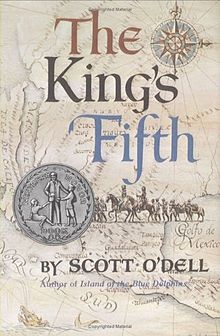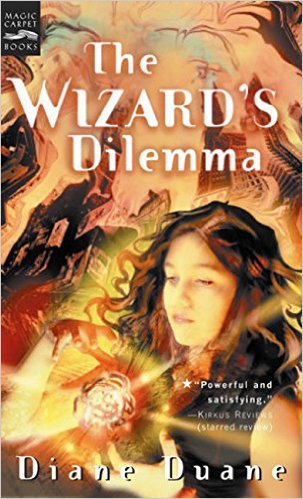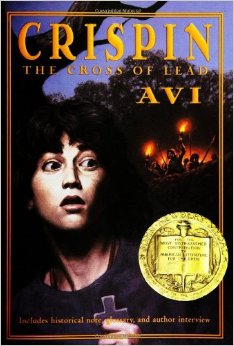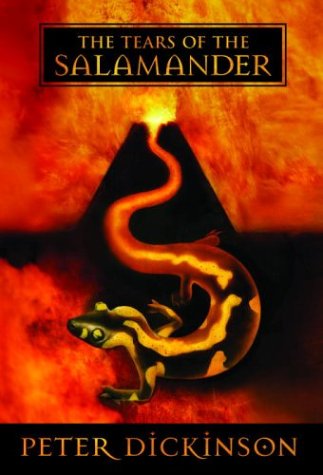[button color=”black” size=”big” link=”http://affiliates.abebooks.com/c/99844/77798/2029?u=http%3A%2F%2Fwww.abebooks.com%2Fservlet%2FSearchResults%3Fisbn%3D9780395069639″ target=”blank” ]Purchase here[/button]
Scott O’Dell (1898-1989) is widely, and justly, regarded as one of the USA’s most important children’s authors. Only the second American to win the international Hans Christian Andersen Award (a distinction he shares with only four other American authors and one illustrator), he won a 1961 Newbery Medal for Island of the Blue Dolphins and, in a fifty-five-year career, published over two dozen more young-adult novels, mostly historical fiction set in Mexico or the American southwest. Four of them were Newbery Honor books, including this 1966 book, which has been made into an anime television series and, as if it needed any more honors added to it, made me shed tears by the end.
The narrator is seventeen-year-old Estéban Sandoval, a talented map-maker from Spain, who has come to the New World to seek his fortune. Even though to him this means the chance to draw beautiful maps of places no European eye had seen before, young Estéban is not immune to the gold fever. He attaches himself to a wily and ambitious conquistador named Blas de Mendoza, who leads his small band—including three musicians, an ostler, a priest, and an Indian girl—in a frankly obsessed search for the rumored Seven Cities where the streets are said to be paved with gold. What they find instead brings ruin to several native tribes, death and heartbreak to themselves, and (for Estéban himself) a trial before a court whose rules of evidence are not above being bent by greed and twisted by the hope of finding out where the boy hid his hoard of gold.
The title of this book refers to the crime Estéban is being tried for: withholding the King’s share of whatever gold is discovered in Spanish America. But the reason Estéban cannot pay this amount is revealed only at the end of a double narrative, going back and forth between his trial and his memories of the terrible adventure of which he was a part. Estéban experiences at first-hand how the European conquerors’ greed for gold led them not only to do untold damage to the beautiful and mysterious native cultures they encountered, but also to destroy themselves. Even though our young narrator himself catches this disease, he is fortunate enough to be redeemed through grief, through suffering, and through love. And it is this realization, especially of the last of the three, that may move you to tears at the end of this powerful, sensitive, memorable book.




